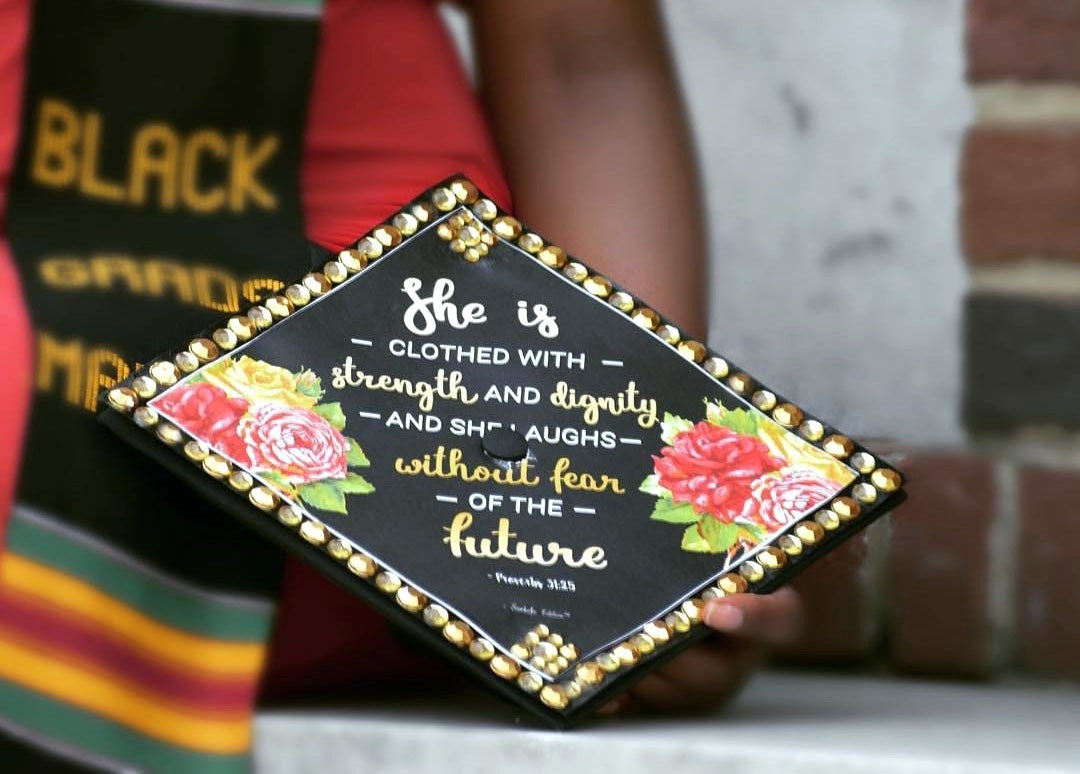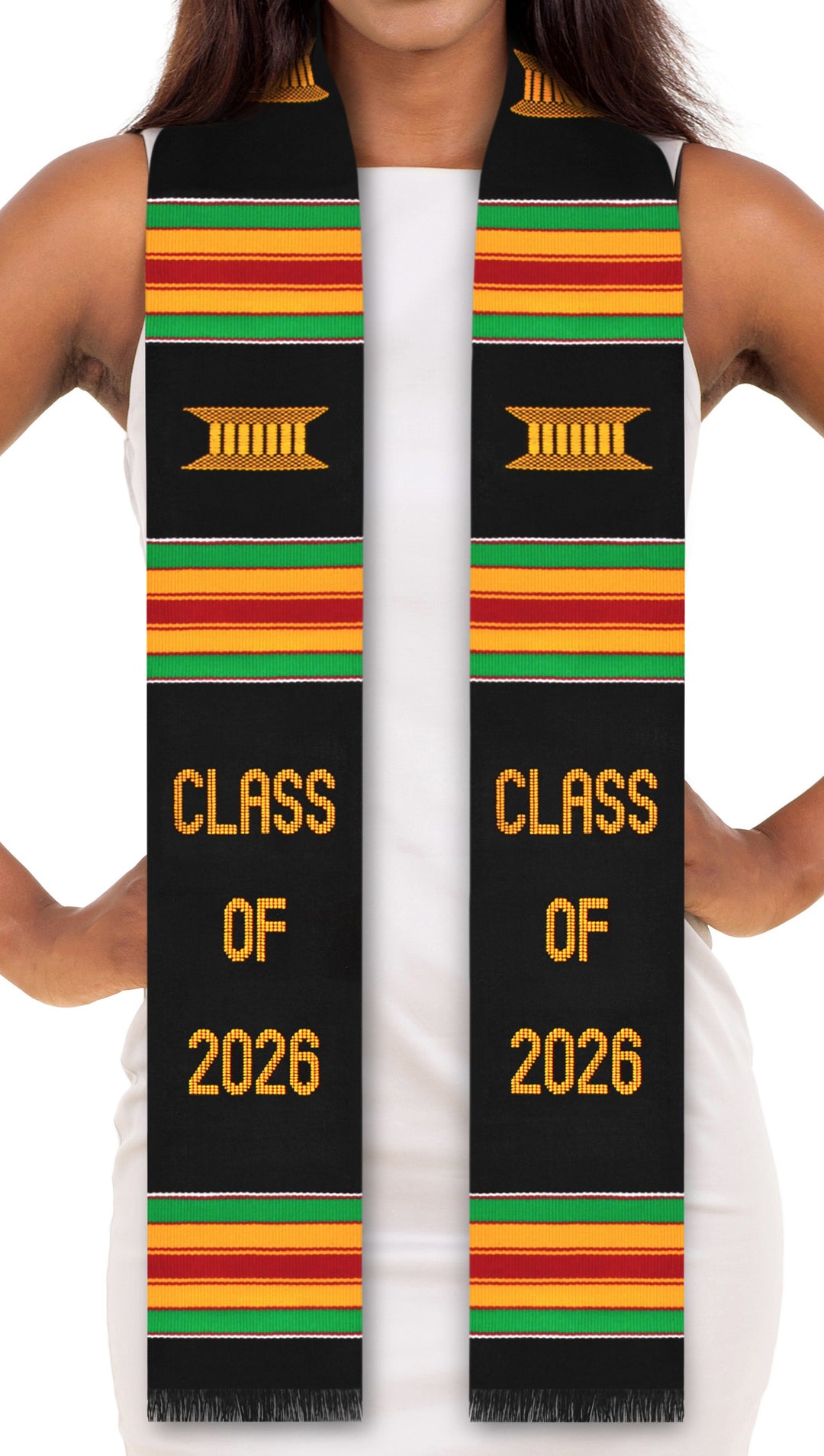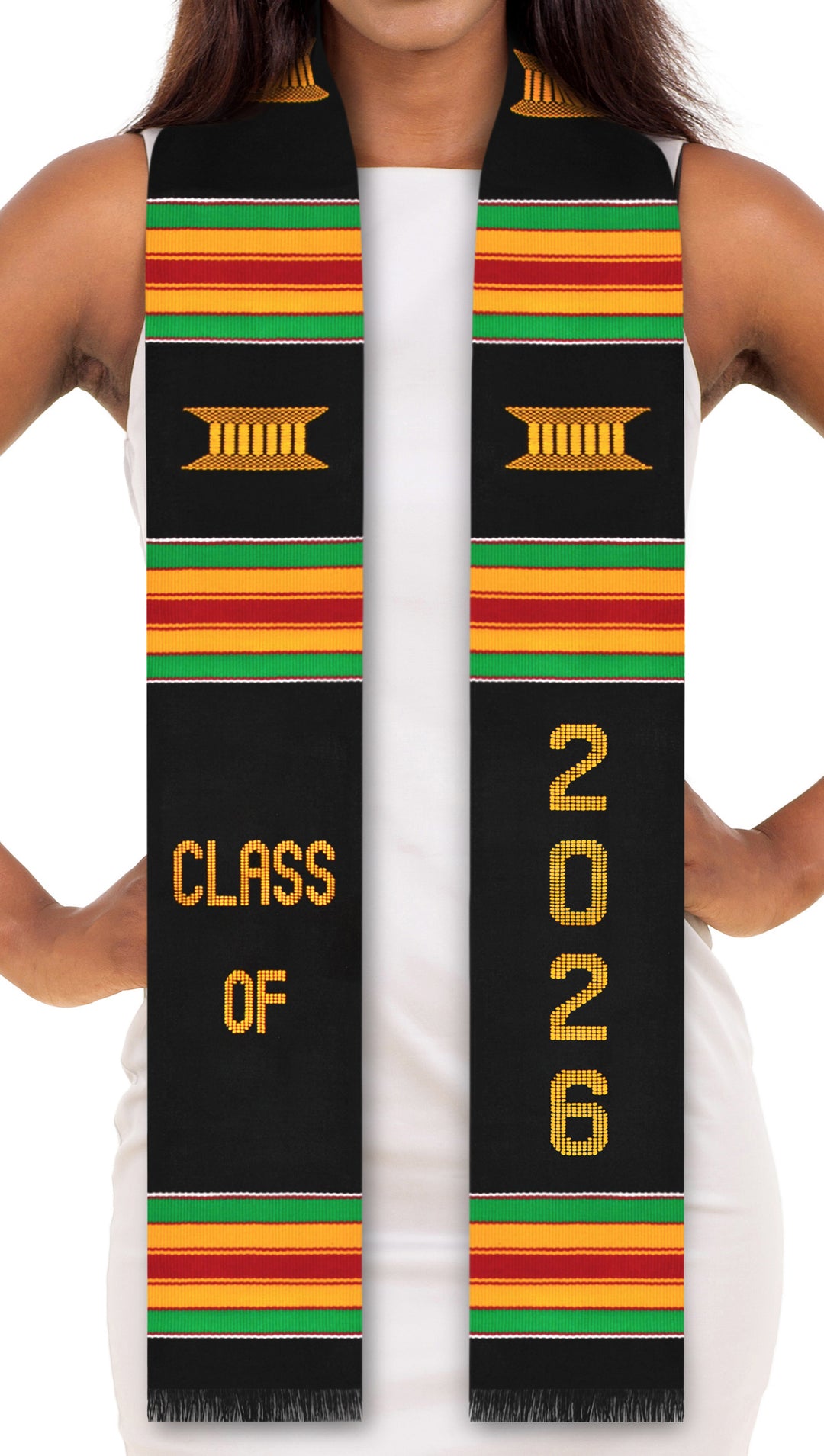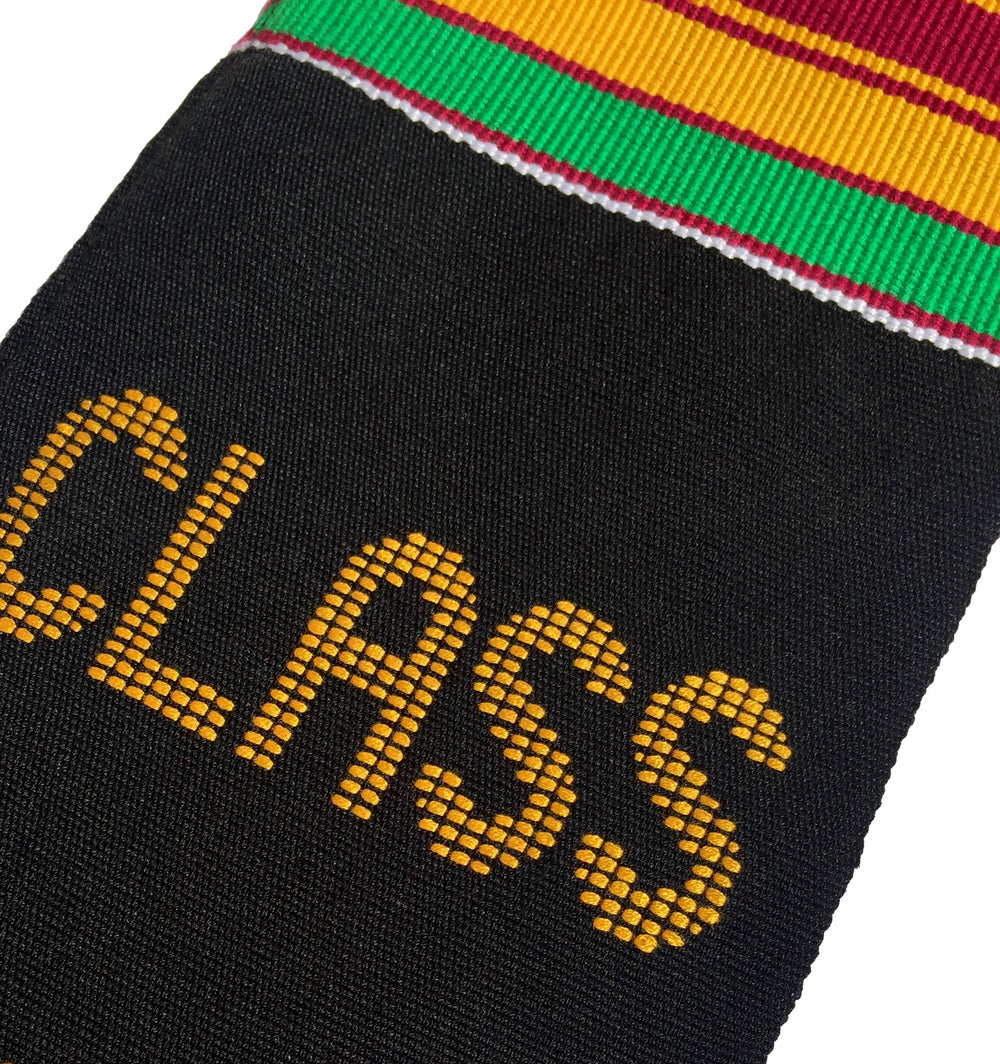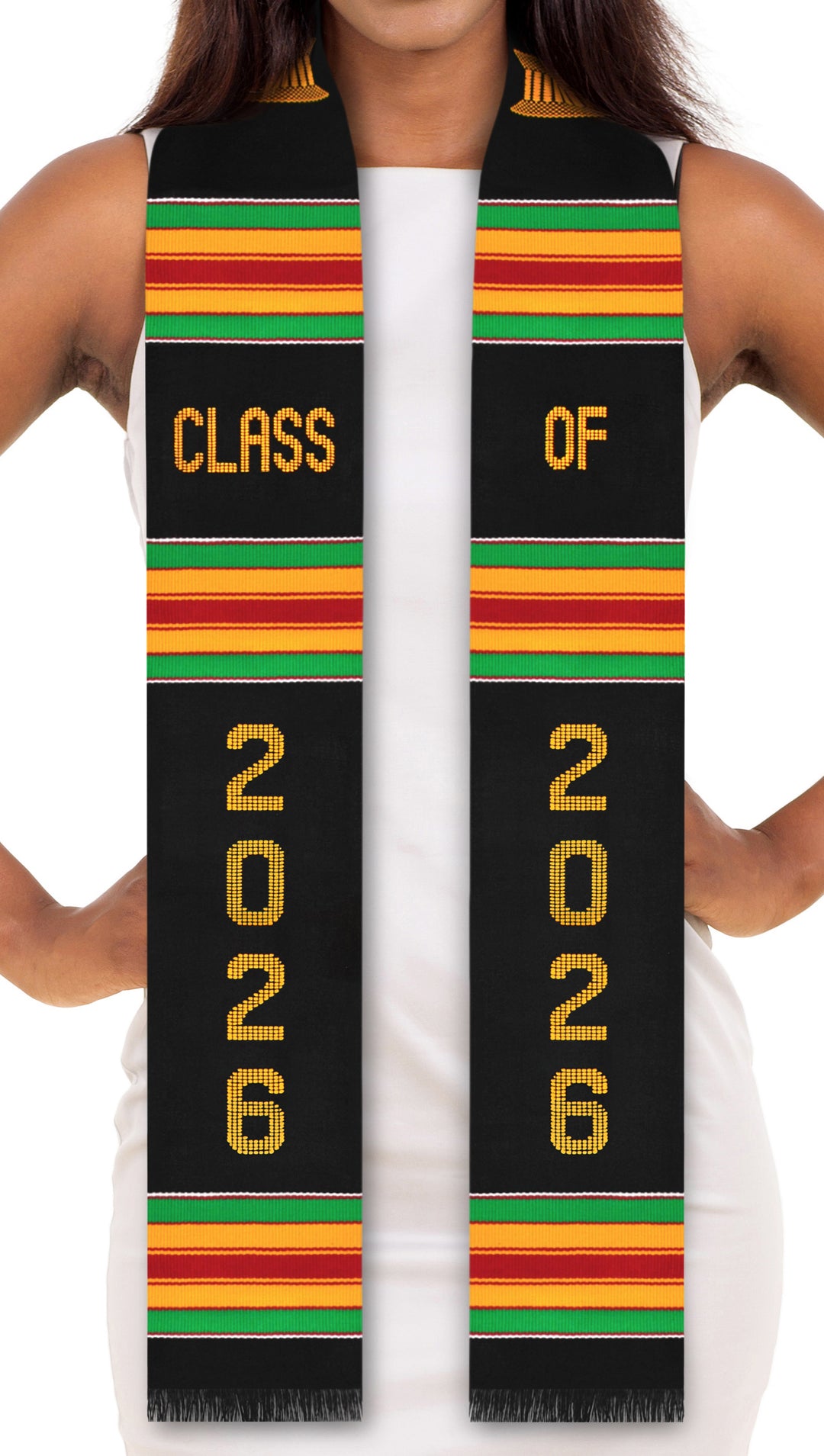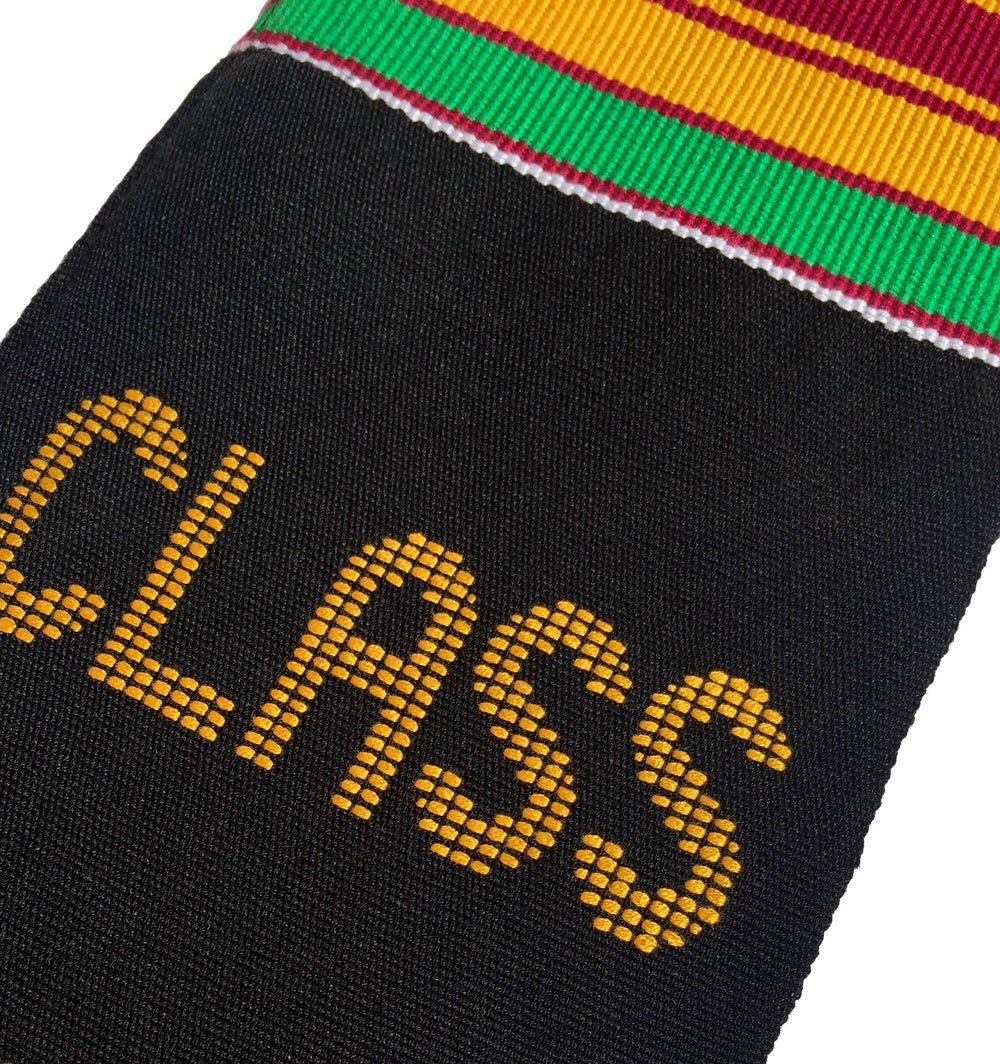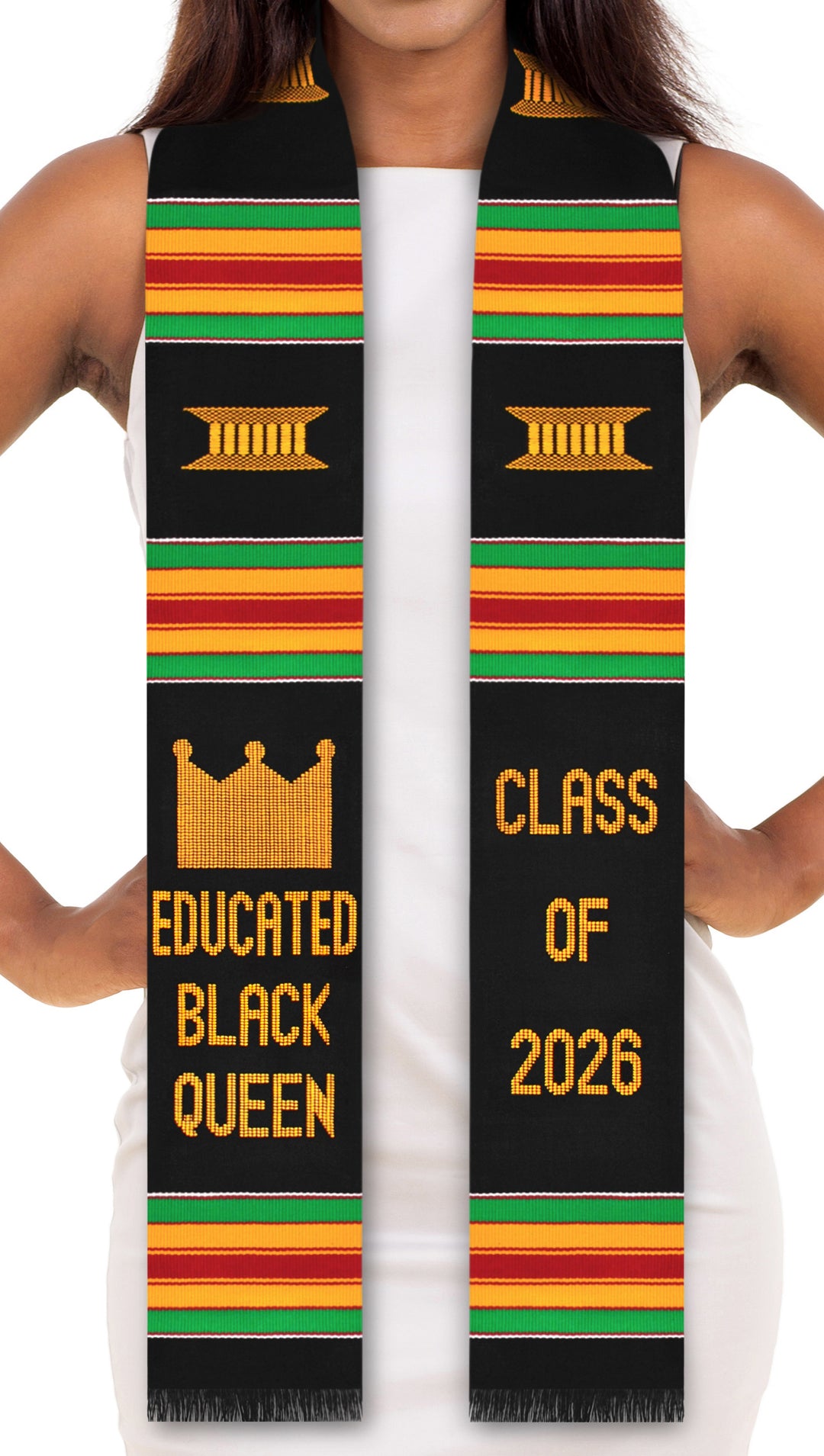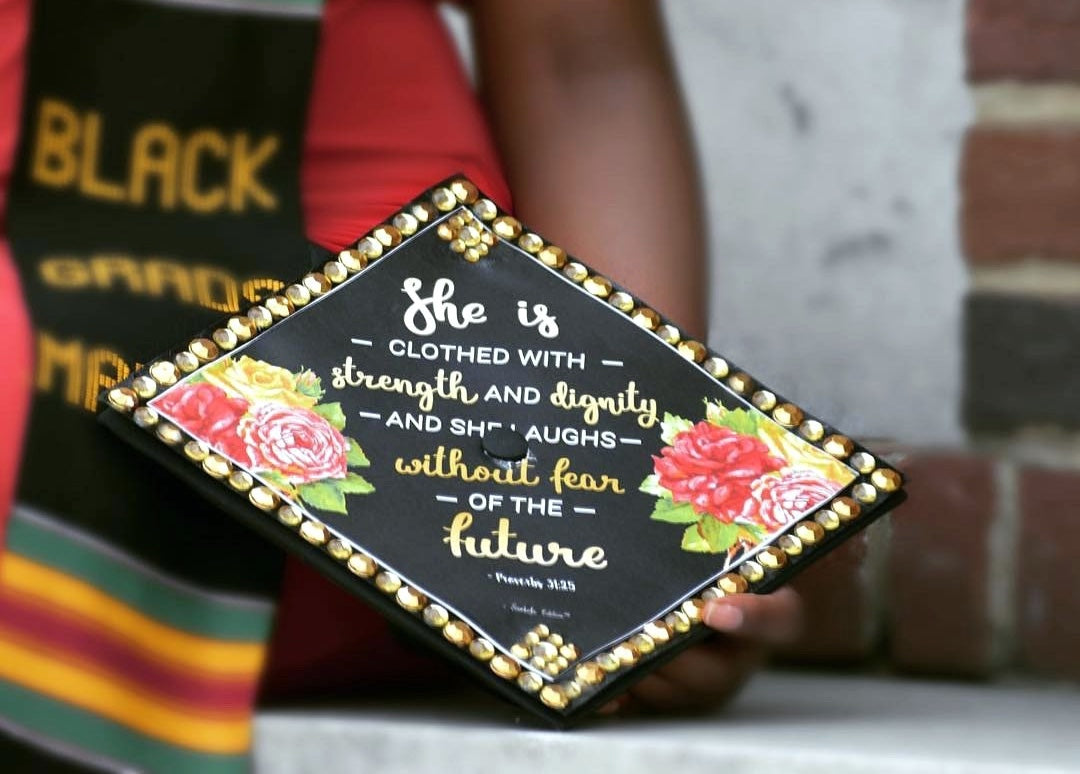What Do Ropes Around the Neck at Graduation Mean?
A graduation rope, or honor cord, is worn to represent an achievement of the student or their participation in a specific group or study, which is identified by the color or colors of the cord. While individual colleges and high schools establish their own criteria for cords and their symbolism, the tradition is practiced similarly throughout academia.
Cords are often associated with receiving Latin honors; students with the highest GPAs (usually 3.5 and above) or students graduating in the highest percentiles of their class will be recognized with Cum laude, Magna cum laude, or Summa cum laude honors. For these, the Association of College Honor Societies (ACHS) established a color standard of bronze, silver and gold, respectively. However, many institutions use their school colors instead, and distinguish higher honors by issuing multiple cords. In addition to Latin honors, the ACHS formalized a standard for dozens of honor societies at both the high school and collegiate levels.
Honor cords are also worn by clubs and club leaders, members of Greek organizations, and students that excelled in interdisciplinary studies, such as education or ethics, that can be earned within several degree programs. Many schools also recognize student achievements or participation outside of their system. Veterans and active duty military members, for example, wear honor cords at many graduations.
Some cords, such as the 'Overcomer' honor cord from Sankofa Edition, represents a graduate's heritage and celebrates their perseverance in overcoming obstacles.
graduates to show solidarity during the graduation ceremony.

